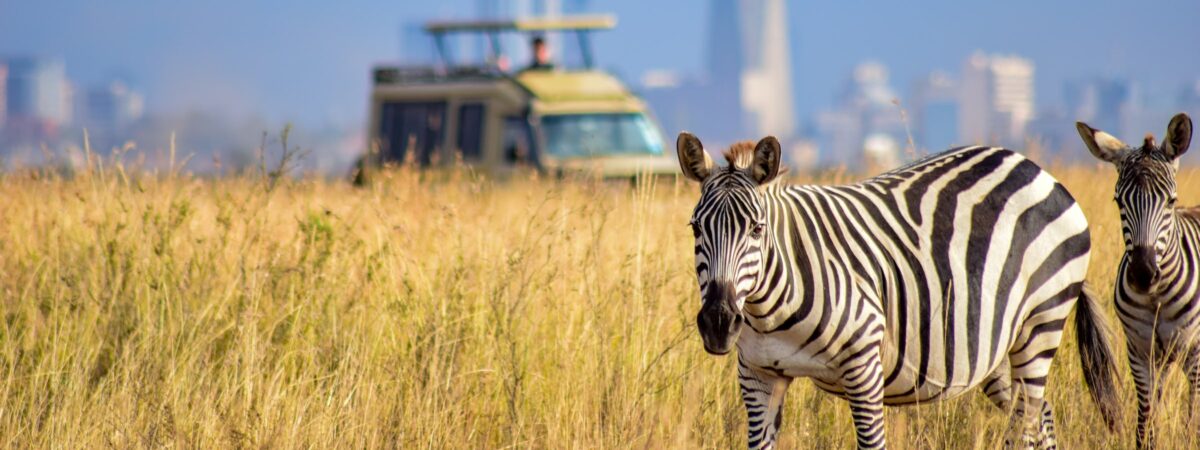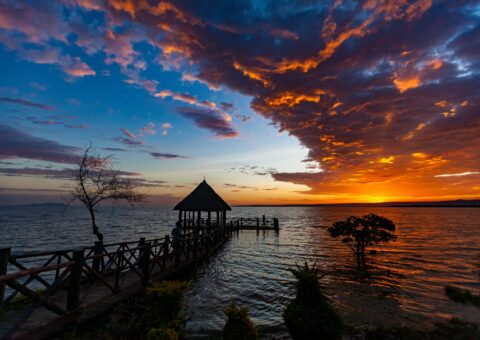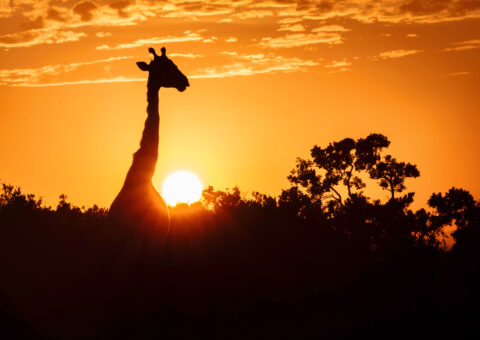Popularly known as the Green City in the Sun, Nairobi is a city with a rich culture and stunning natural green spaces. It is Kenya’s capital city and considered to be the region’s business economic hub. It is a destination that magnificently blends traditional African culture and modern day culture, ensuring unparallel vibrancy.
Local expert Angela Njehia’s first piece of advice? While touring Nairobi, shy away from greeting the locals with “jambo,” which, over the years, has become a touristic greeting within the East African nations. Instead, use the local, street-friendly greeting of “sasa,” which means hello, and is responded to with the word “poa.”
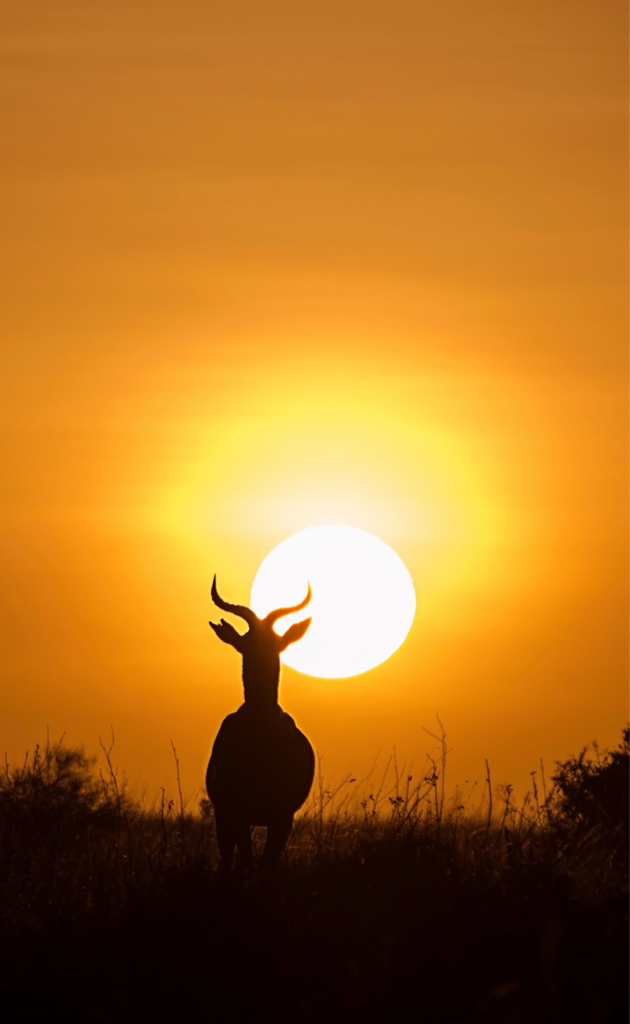
Upon Arrival
After a visitor arrives in my city, I always recommend going straight for a game drive at Nairobi National Park, because it gives them the opportunity to directly connect with nature. This is what most people look forward to when visiting the original safari destination, Kenya. Until recently, Nairobi was the only African city to host a national park, therefore making the park a must-experience excursion.
The best time to be here is either early morning or late afternoon because that’s when it is easy to spot the wildlife as they hunt for their morning or evening meals. Most wild animals do not enjoy hunting when the sun is high, but prefer to hunt when the temperatures are cooler.
I tell first-time travellers to Nairobi to ensure that they keep an open mind because the city is a blend of the Kenyan traditional and contemporary culture, hosting green spaces and wildlife, while being the region’s economic hub. I also tell them to avoid using international currency, as purchasing items from the local vendors becomes difficult. Instead, get a local SIM card and use the popular mobile money service known as Mpesa, which is safe to use and accepted anywhere in the city. They should also be weary not to purchase any items derived from endangered species because Kenya has very hefty penalties regarding poaching or related activities.
People from here know better than to get too personal by asking people about their tribe as this is considered as profiling and is a sensitive topic. Also, you should not take people’s pictures without their consent. Instead, people would prefer that you ask about their general culture and how it is practised and aligned with modern-day practices.
The best museum to start your journey and get a good sense of this city is the Nairobi Art Gallery, which is located in the central business district. This museum hosts Kenya’s point zero, where all distances to all the corners of the country, and subsequently the continent and the world, were measured from. The museum building, built in 1913, was used as a colonial courthouse where natives accused of entering Nairobi without a pass were tried and sentenced before Kenya gained her independence. It was referred to by the settler community as “Hatches, Matches, and Dispatches” because of the births, marriages, and deaths that were recorded there.
Parents should take their kids to the Giraffe Centre or to the David Sheldrick’s Elephant Orphanage because these organisations push for giraffe and elephant conservation. They have programmes where kids learn about the importance of conserving our environment, including protecting our wildlife as part of the Kenyan heritage.
Food from the Heart
Among the food (or dishes) my city is most proud of is nyama choma, kienyeji, and ugali, as this is an absolute must. It is barbeque meat — mainly goat meat — combined with a mixture of local greens and carbohydrates. I like to go to Njuguna’s Place, a local restaurant, to really enjoy it.
When we get together to celebrate, the local beer known as Tusker is what people here traditionally drink. I like to gather my friends and go to Carnivore Simba Saloon for a round and show off the latest dance moves as it always has fantastic music — from local live bands to the very best of Kenyan DJs.
When I eat completely local, I will go to K’Osewe Ronalo Foods restaurant. I know the food here is fresh and absolutely tasteful, and chefs are poised to bring out the authentic flavours of the Kenyan kitchen.
Another two classic, iconic restaurants include The Talisman and Tamambo Karen Blixen, for dining and maybe some wine or cocktails.
The part of town where locals come for traditional food is all over the city, in different restaurants and local bars, but Langata area is one of the city’s prime areas that will quench your thirst for living like a local. If you visit, you are assured that you will be spoilt for choice when deciding on where to go for a night out.
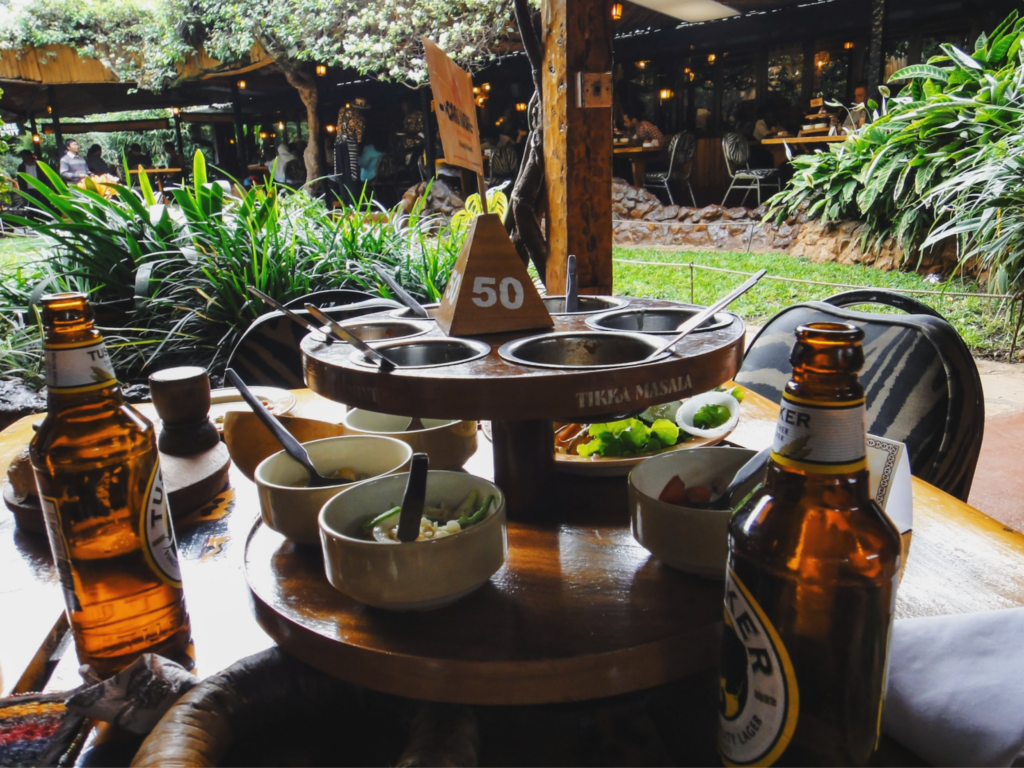
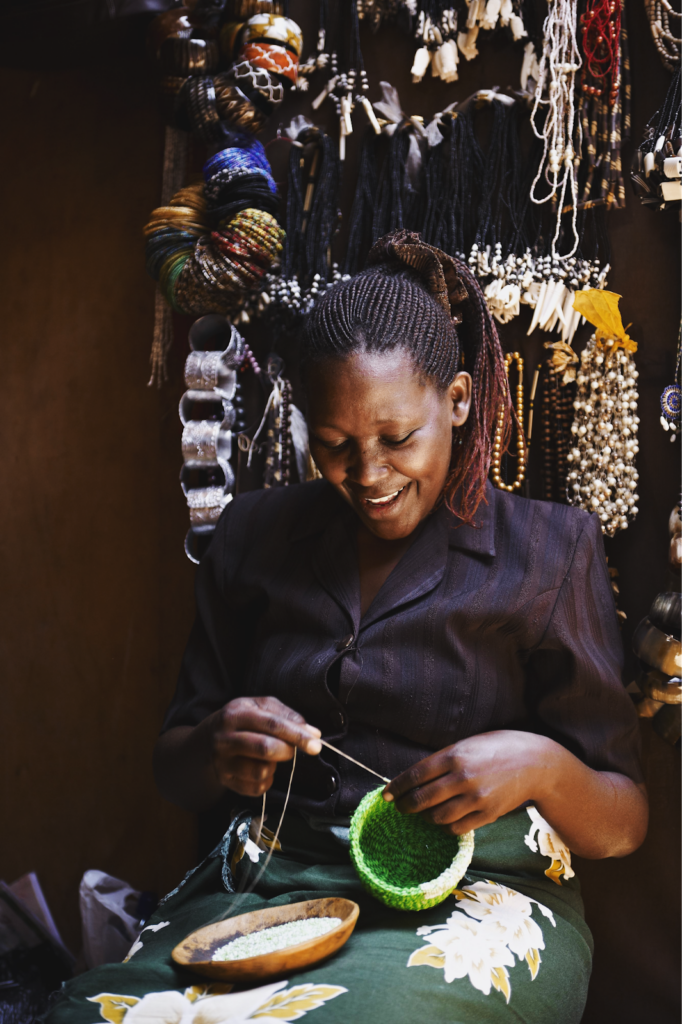
Shopping Locally
My city is known for making contemporary art fused with African fusion. You see this in everything from the sense of local street fashion — where local designers use the ankara fabric and make modern, stylish outfit designs paired with the famous Maasai beads — to the graffiti art done on the local public transport known as matatus.
The best outdoor food market in Nairobi is definitely the organic farmers market, which runs every Saturday in the Karen area on Marula Lane. It also runs other days of the week in different locations in the city. What makes this market an amazing experience is that you get to shop for your organic groceries while enjoying the local barbecue, teas, and coffees. It, therefore, becomes a shopping experience blended with a social gathering.
I always take visitors to the Maasai Market to buy real, local souvenirs. The products are hand-woven, beaded, or created by local artisans, most of whom are women from the local communities. They promote their wares in support of better wellbeing in their communities. The vibe is one of pride because, not only are the products from locally sourced materials, but the artwork represents their Maasai culture, with each design representing or telling a story of their lives. And we know to avoid the shops on Biashara Street, because while they do offer a good bargain, the quality of products is unmatched compared with those at the Maasai Market.
Getting Deeper Into Nairobi
A great book to learn more about my city is “Nairobi in the Making: Landscapes of Time and Urban Belonging” by Helen Charton-Bigot and Deyssi Rodrigues-Torres, published in 2010.
Most people know about the various green spaces that Nairobi hosts but a walk or cycle in Karura Forest is a must-do activity. Nairobi Arboretum should also be visited because it is one of the areas in the city with a high monkey population, and it has excellent bird-watching guided excursions in the mornings.
My city is a place people are attracted to because of its diversity in culture as well as the fact it is an economic hub serving the rest of East and Central Africa.
To really celebrate my city at its best, come during the Nairobi Show, which takes place every October. The show showcases what is available not just in Nairobi but across the country in all different sectors.
Most people think of my city as a place to just do business while in the East African region, but really this is a destination to experience the rich cultures, wildlife, and vibrant heritage stemming back to the 1900s. This is one of the best places in the world to experience the blend of traditional African culture and modern-day living at its best. Locals are proud of that because, as much as they are adopting modern-day ways (including in the fields of technology and trade), they still continue to practice their cultures.
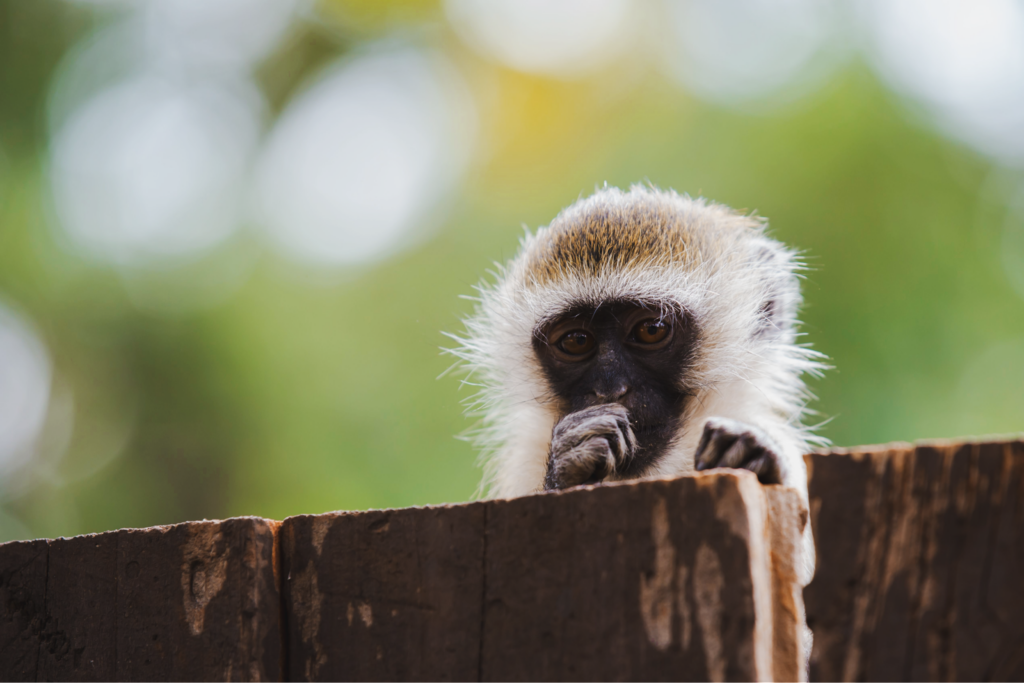
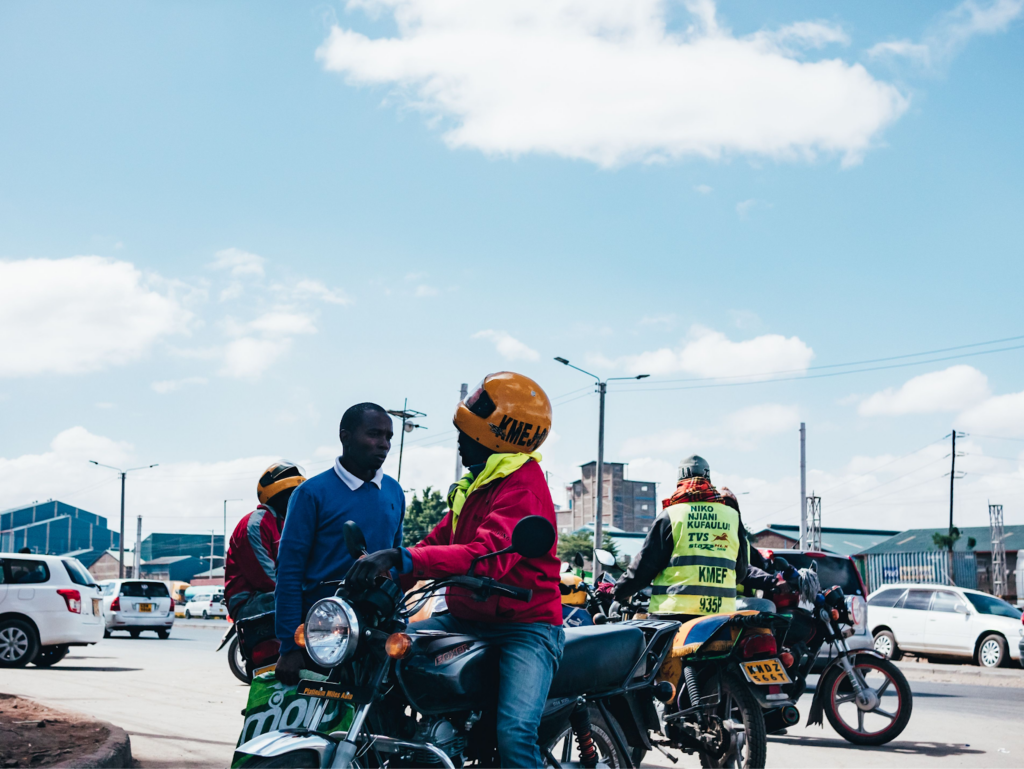
Getting Around Nairobi
One thing you should know about getting around my city is that you have lots of options. These include the local taxis, which now operate through local apps or on Uber. There is also the option of using public transport, locally referred to as matatus, or you could use a motorbike commonly known as the boda boda.
The best way to travel in my city to have as little impact as possible is through cycling. However our roads are not cycle-friendly, therefore most people opt for the use of boda bodas.
Luckily this method of transportation also allows me to beat the famous Nairobi traffic, as it is much faster to get by on a motorbike than by using a car.
Outside the City
To get away and into the outdoors, I like to visit the Nairobi Safari Walk, located in the compound of the Nairobi National Park.
For a day trip just beyond my city, I like to visit the Maasai Ostrich Farm in Kitengela, where unique excursions such as riding on an ostrich are available.
Many people will head to Naivasha, which is approximately an hour’s drive, and overnight at the luxurious hotels, but locals know to go to Naivasha and camp by the lake while enjoying the serene environment at a much cheaper cost. I really enjoy the view of my city from the rooftop of Kenyatta International Conference Centre, where you can enjoy a 360-degree view of the city.
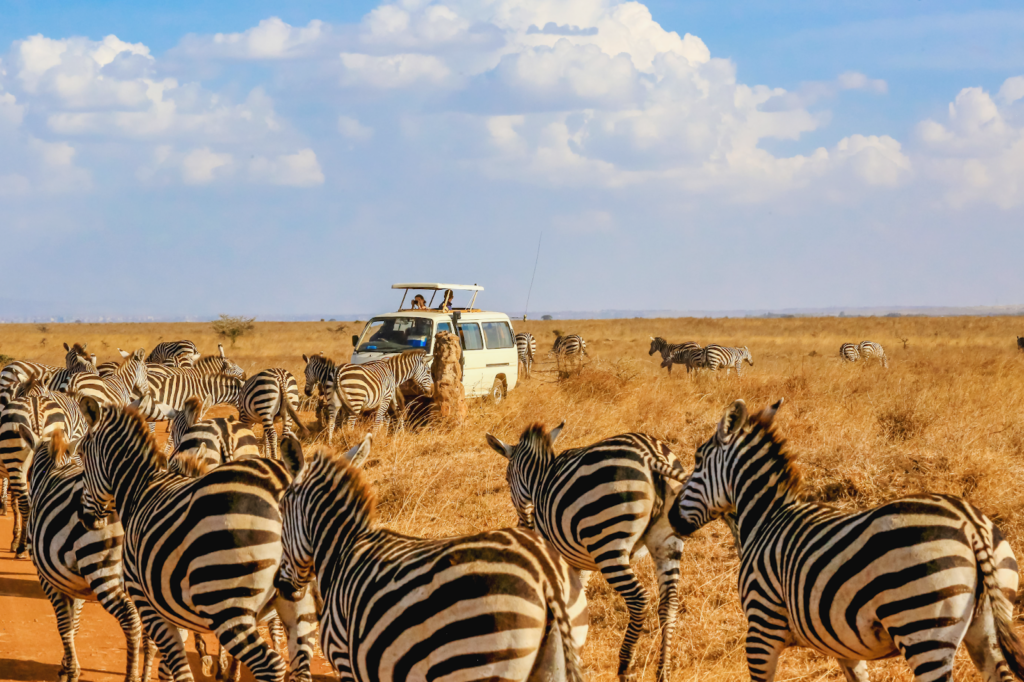
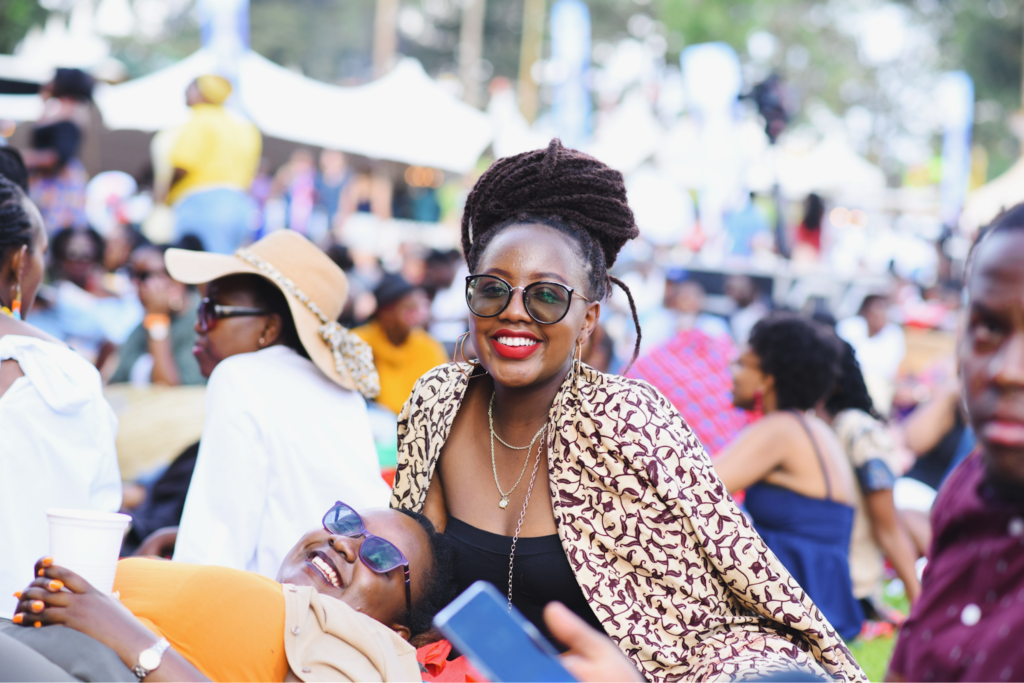
Connecting with Locals
When I want to have fun and celebrate being out in my city, I start by visiting one of the many local joints that host live bands where they showcase local music and art. The local Kenyan theatre is also great, because they always have a local play or musical production showing.
To hang out with my friends and go to a real insider spot, I go to the local sports bars such as Brew Bistro, where I can enjoy good beer and catch up on some football or rugby action.
The best resource for finding out what’s going on around town is definitely Ticketsasa. It always has a listing of current events.
When I want to enjoy my city without spending much (or any) money, I simply take a walk in one of the many green spaces, such as Karura Forest. K1 Klub Houseis my first choice for music because it always supports local musicians and artists. It also hosts a flea market every Sunday combined with live music.
Finding Solitude in Nairobi
When I want to go somewhere to sit and meditate about my incredible city, I go to Uhuru Park. Recently renovated, the park is free to enter and you are allowed to just sit on the grass and breathe in the fresh air.
If I chose the one place that makes me most proud of my city, it would have to be the Bomas of Kenya, because the centre showcases the cultures — including the food, dances, and costumes — of the 42+ tribes in Kenya.
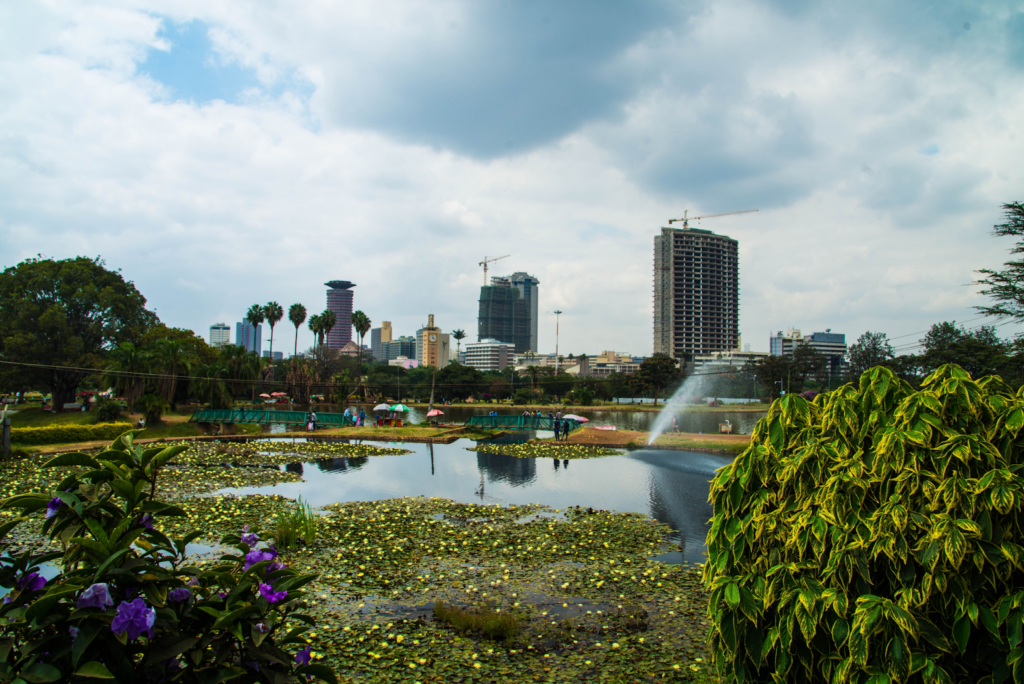
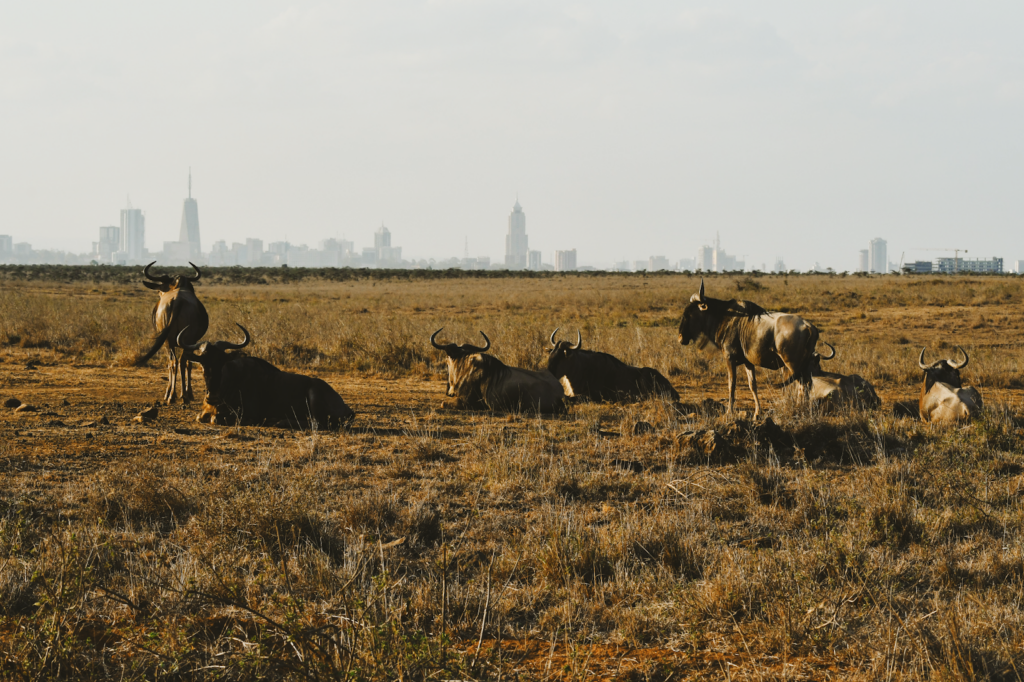
When the Seasons Change, The Town Shines
Kenya’s location on the equator and proximity to the Indian Ocean allows for two distinct seasons. These seasons are the same in my city.
Travellers who visit during the rainy season (April to June and November to mid-December) should know that the rains do not go throughout the day and night, but usually in the evening through the night. It is recommended that people carry at least a fleece jacket as it ensures you stay warm during your endeavours in Nairobi.
The dry season (December to March and July to October) is typically hot during the day but eases in the evening through the night. However, it is important to note which dry season you will be visiting in, because in July it gets very cold; this is often referred to by us as our version of winter. It is, however, one of the best seasons to experience the safaris because wildlife is easy to spot.
I always recommend visitors come during the dry season because those wanting to witness the wildebeest migration in the Maasai Mara Reserve can best see it between July and October. However, with tropical weather all year round, anytime is a good time to visit Nairobi.

